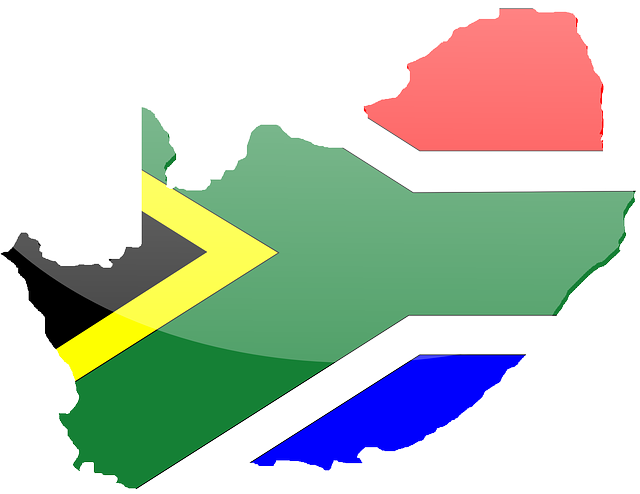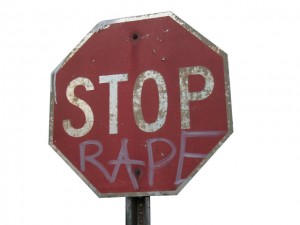In early February 2015, doctors in the impoverished northeastern part of Brazil noticed a surge in the number of people complaining about a mild illness, with and without fever, characterized by rash, fatigue, joint pains, and red eyes. The illness was brief and recovery was spontaneous. A mild form of dengue, a mosquito-borne disease hyperendemic throughout the country, was initially suspected, but tests were negative in the vast majority of samples. Chikungunya, another mosquito-borne disease first detected in Africa in 1952, had hoped to Brazil in September 2014 and was likewise suspected. Again, tests results were negative.
At the end of March, Brazil informed WHO that nearly 7,000 cases of an illness characterized by skin rash had been reported in six northeastern states. Laboratories had performed a battery of tests on more than 400 blood samples. 13% of the samples were positive for dengue, but negative for several other viruses known to cause skin rash. The causative agent remained elusive.
The first promising clue came in late April from a laboratory in Bahia State where researchers began to suspect that the disease might be spread by the area’s ubiquitous and dense mosquito population. On a long shot, they tested for Zika, an exotic and poorly understood virus, carried by mosquitoes, that had never been seen in the Americas. Though the results were positive, doubts remained. Testing for Zika is technically challenging as the virus cross-reacts immunologically with dengue and chikungunya viruses, both present in Brazil at that time.
A week later, on 7 May, tests conducted at Brazil’s national reference laboratory conclusively identified Zika in several samples. A new mosquito-borne disease had indeed arrived in the Americas, though no one knew what that might mean.
If you would like to learn more: http://www.who.int/emergencies/zika-virus/articles/one-year-outbreak/en/








